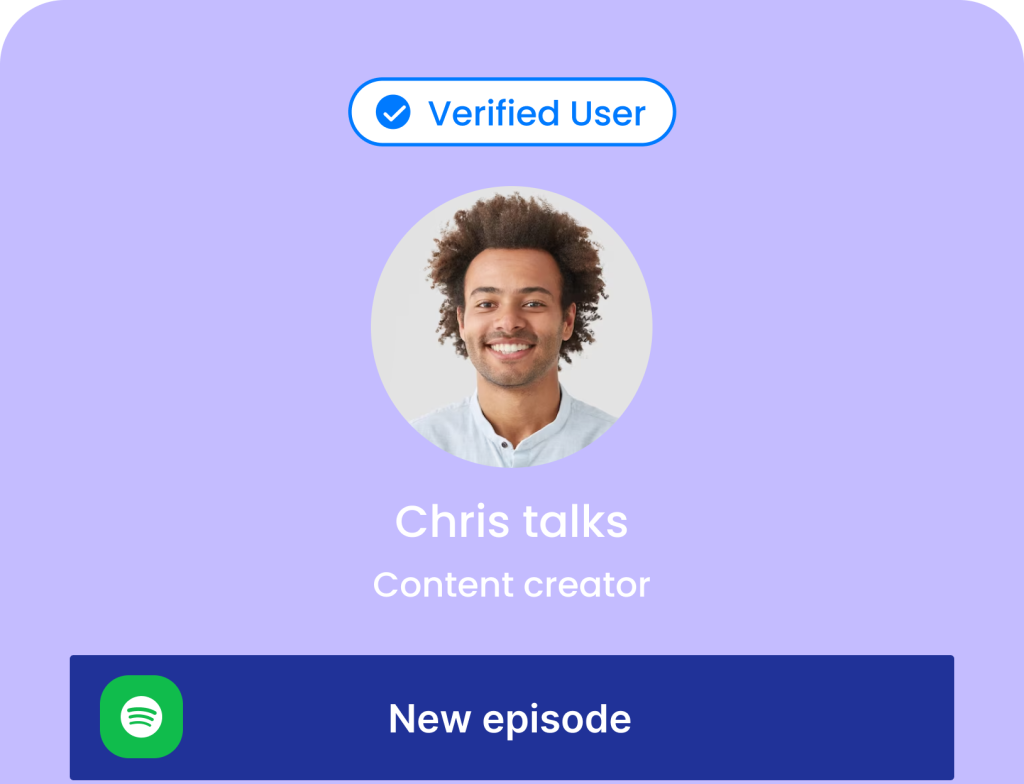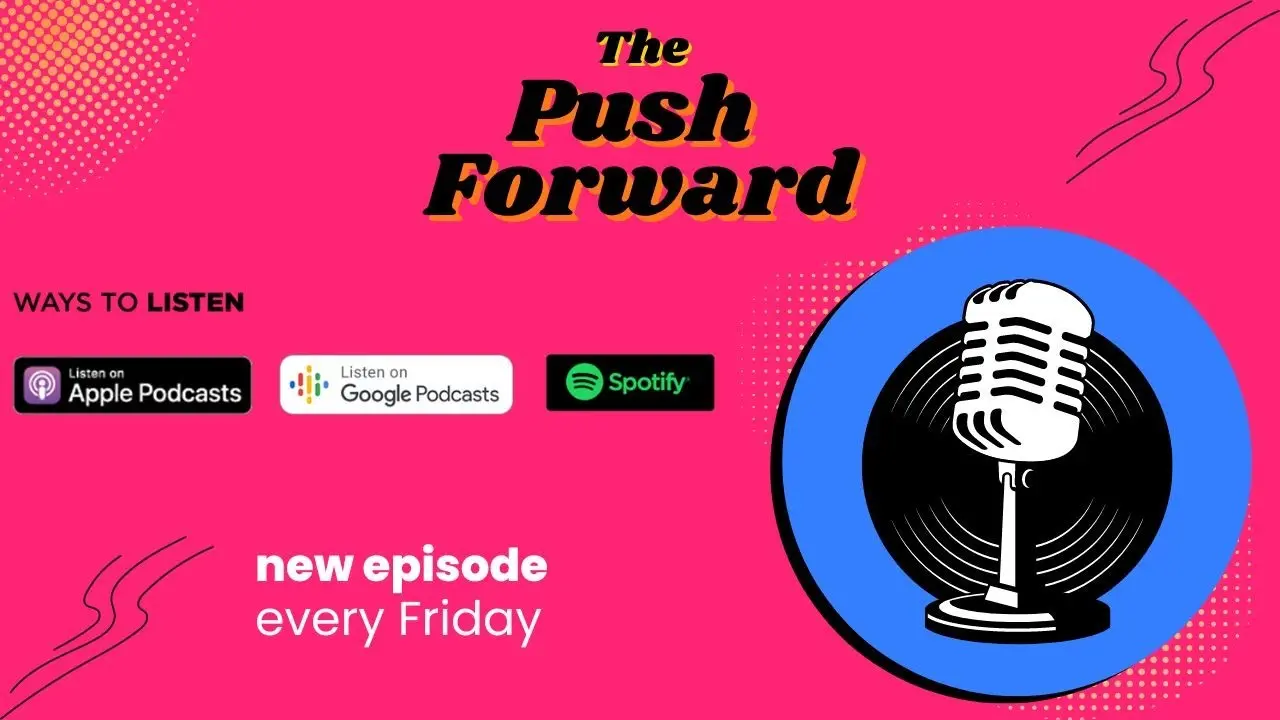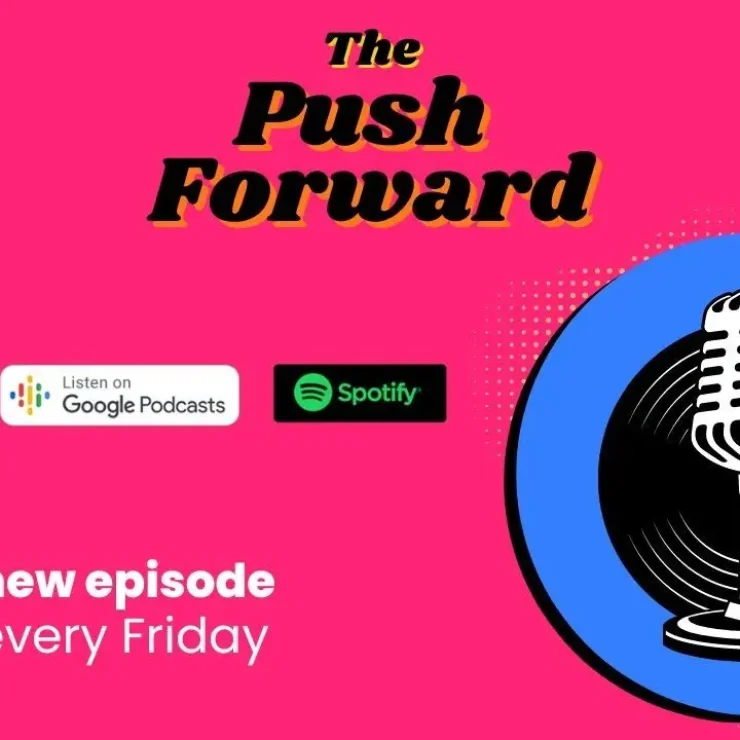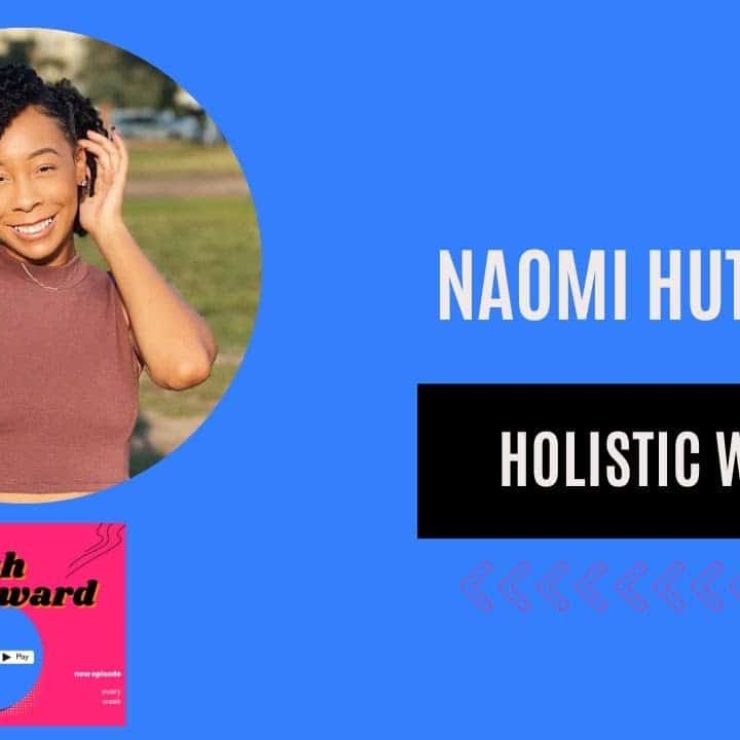Here is the complete transcription of the video:
Hey there, welcome back to another episode of the Push Forward Podcast. If you’re looking to elevate your content game, you’ve come to the right place. Today we’re diving into a topic that is on everybody’s mind: e-commerce. We’ve done a few episodes in the past about e-commerce, but we’re going to talk about it again today. Whether you’re a marketer, an influencer, Creator, or just venturing into the world of online sales, perhaps you have a product that you want to sell, this episode is going to be your roadmap to e-commerce success. There’s lots to learn, from the content management system to the actual content, how you promote your products, should you do affiliate marketing. There are so many questions around the topic of e-commerce and how to be successful, not to mention the third-party platforms that you have to think about too, right? Do you go to Walmart, Amazon, Etsy, eBay? There are a lot of options for you out there, and it could be very challenging because you could spend a lot of time trying to sell your product and never put the right amount of time and effort into your own owned content, which is your website, your content management system. So we’ll talk about choosing the right platform, driving traffic, and most importantly, converting that traffic into actual customers.
Create your own free link in bio page
Ready to simplify your online presence?
With Pushbio, you can;
- Link all your social media profiles together effortlessly.
- Showcase all your content, products, and services in one space.
- Share everything through a single link.

Create your own free link in bio page
Ready to simplify your online presence?
With Pushbio, you can;
- Link all your social media profiles together effortlessly.
- Showcase all your content, products, and services in one space.
- Share everything through a single link.
Alright, let’s get into it. So, choosing the right platform. Let’s start with that. The foundation of any e-commerce venture is the platform. And today, the Cadillac, the Mercedes, I mean the Ferrari, I should say, the best platform out there, no doubt, is Shopify. Shopify is best for beginners, but it’s easy to use, and you can scale. So let’s just say that your e-commerce venture becomes a multi-million dollar business with hundreds of employees, and you’re going to ship out thousands of products every day, Shopify can do that. So you can start from something small where you’re paying $20 a month, a couple of hundred dollars a year at best. Shopify is going to allow you to create the content, build your shop, also do your hosting, and then host your email, do it all in one place. So there’s definitely no better platform for that beginner than Shopify. But you also have other choices out there. Look at WooCommerce. It’s ideal for those who already have WordPress. So let’s say you’ve been doing a blog for a while, you’re a Creator, you’ve been using Push Bio to put your links out there, and you don’t really want to migrate and start a new website on Shopify. So WooCommerce would be a great choice for you because you can easily buy the theme that goes into WordPress, and you just build your e-commerce there. You could take your payments there, you could do your product descriptions, you could add copy, you could add pictures, very easy to do your shopping cart there. It’s going to be great for you to do. Obviously, as you grow, then you have other choices within the WooCommerce lineup of products. And then my third option for you would be Magento. It’s good for large enterprises and highly customizable, but complex. It really is complex. If you talk to any developer, not every developer can use Magento. And then, of course, you have other CMSs that are typically not for e-commerce, but you can use as well, like Drupal and Joomla. And then you have the what I call rent-a-sites, which would be your Wix’s or Squarespace. Right? For me, in my experience, having worked with companies that do north of $50 million a year in revenue, my experience has been Shopify is going to have the best tools, the best apps in one place.
Okay, so as far as a resource goes, don’t take my word for it. Head over to Capterra to compare the different e-commerce platforms and their features. Capterra is great at this. G2 is another one, and then Trustpilot. Those are the three that I look for when I’m trying to compare different applications for my business.
Alright, let’s talk about driving traffic. So now let’s say that you chose Shopify, you’re ready to drive traffic. Once the store is set up, you’re going to need visitors, right? But how do you get traffic to your website? Well, we can talk about digital marketing for days. We actually have a free course. I have a book that I’ve written that I’ll put the title in the show notes here. But for anyone who signs up for Push Bio, the app, our app, then I will ship out a book to you at no cost. And that book will talk about everything to do with traffic, from SEO to PPC, social media, email marketing, affiliate marketing. And I really do love to teach this subject. I’ve taught it at universities, I taught it in corporate teams, to corporate marketing teams. I love teaching digital marketing and how to drive traffic. It is, after all, all about driving leads and traffic so that you can grow your venture. And if you’re doing e-commerce, you need this, right? So it really starts with SEO, a long-term strategy that is crucial for organic reach. This takes time. You have to create really good content, keep in mind Google’s guidelines for SEO. So look up the acronym EAT, E-A-T, so that’s Experience, Expertise, Authoritativeness, and Trustworthiness. Your content needs to be all of those. You can’t just outsource it to some link-building company who’s going to actually put your website on a blacklist. It’s much easier today to create content, right? SEO, go head over to Article Factory, that’s Article Factory, or ChatGPT, and start to create some blogs. That’s the first way to do that. And then have landing pages for each individual product with really nice descriptions, with bullets, and why people should buy each product. Each product that you have for your e-commerce should have really good titles, really good descriptions, and you have to optimize it with your meta tags, meta descriptions. So SEO 101, we have lots of articles at Push Bio, the blog, that you can utilize to better understand your SEO. But even if you just go to a website like Yoast or Google’s Google Search Central, their channel on YouTube, there’s a plethora, I mean, just so much information about SEO, and you won’t know everything on day one if you’re starting out, okay? But you got to start somewhere.
Number two way to drive traffic is going to be pay-per-click ads, PPC ads. You need to do Google ads because that’s going to give you immediate visibility. Bid on your branded keywords. You have to be bidding on the name of your company and the name of your products. Now, bidding on keywords that are broader, that are exact, and you have competitors who are bidding high for it, you may not be able to compete at that level right away. But today, Google is going to give you, what, $500 if you spend $500. So really, the first $500 that you spend, they’re going to give you back in their promotion, $500





